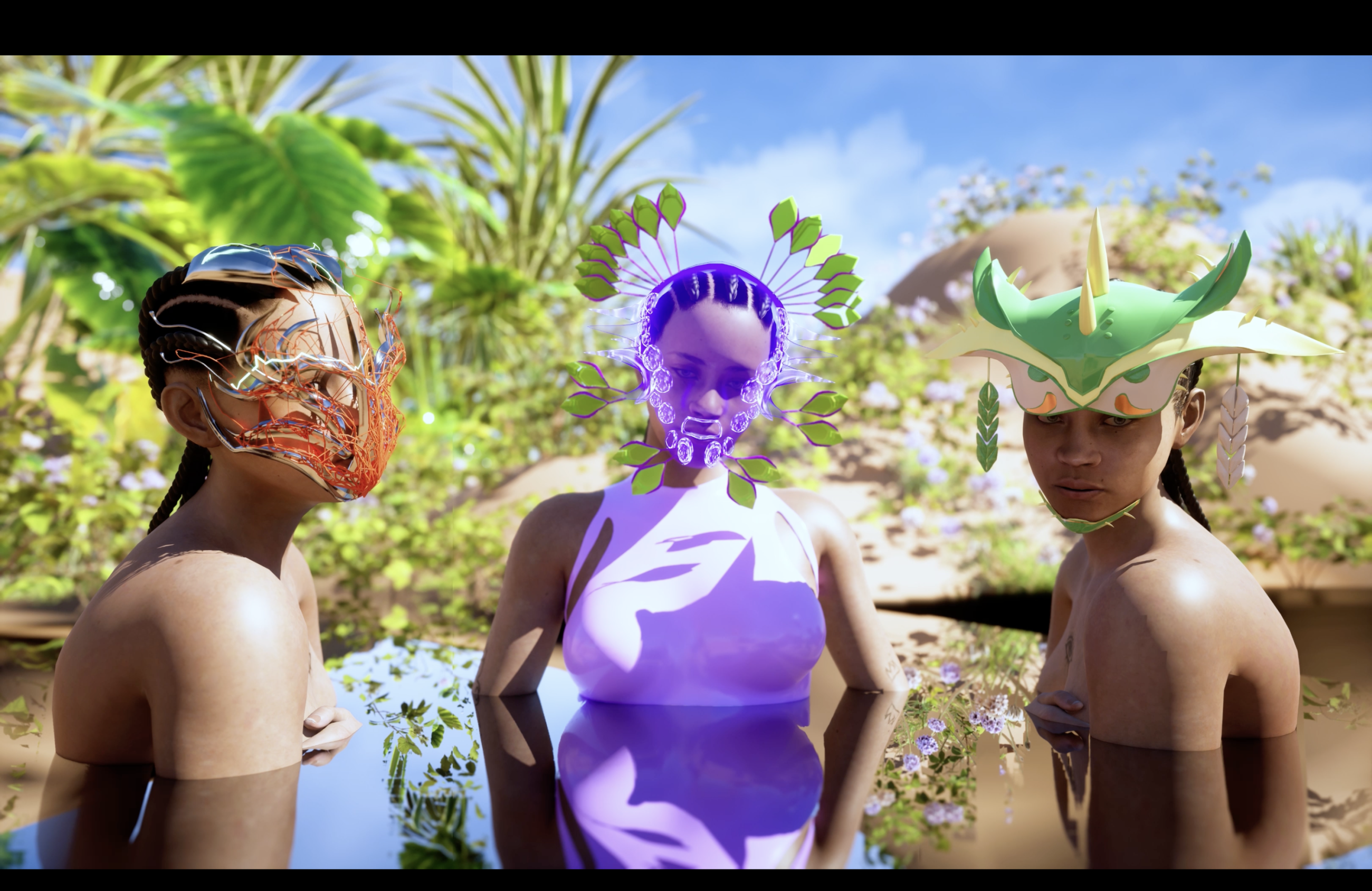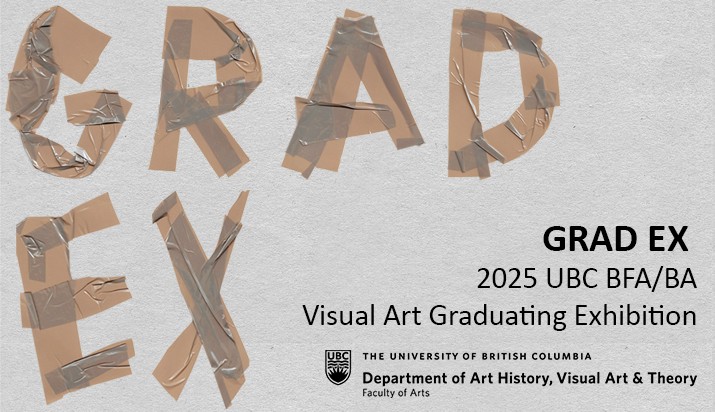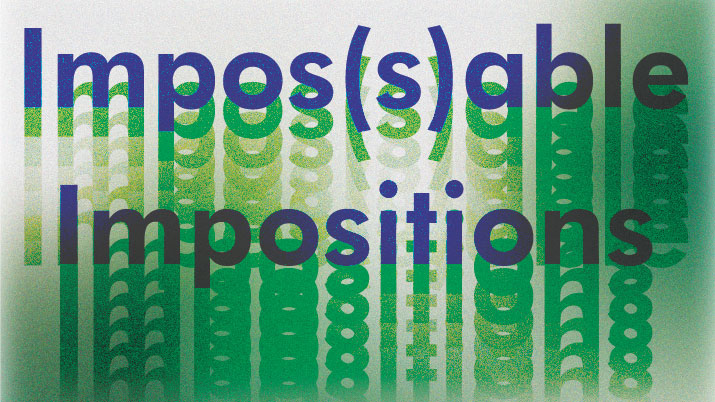Joanna Woodall read history at the University of York, with a year abroad at Vassar College. She trained as an art historian at the Courtauld Institute and began her PhD at the University of Cambridge, as Speelman Fellow in Dutch and Flemish Art. Having spent several years in curatorial work at Christ Church Picture Gallery in Oxford, and a year on a Leverhulme Fellowship at the University of Leiden, she joined the academic staff of the Courtauld Institute in 1986 as Lecturer in Netherlandish Art. From 2002-2005 she was Deputy Director, Head of Studies, with responsibility for the teaching and research programmes, widening participation and staff development. She has currently returned to her research and teaching, in which she is committed to a theoretically informed, historical analysis of visual materials. She has published widely in Art History, the Berliner Jahrbuch, the Leids Kunsthistorisch Jaarboek and the Nederlands Kunsthistorisch Jaarboek. Her edited book:Portraiture: Facing the Subject (Manchester University Press, 1997) has become a
standard work on the subject.
Joanna Woodall is interested in the creative and educational potential of exhibitions. In 2003-4 she helped to curate, and contributed to the catalogue of, Rubens. A Touch of Brilliance, an important exhibition of oil sketches and drawings in which the Courtauld Institute and the Hermitage Museum, Saint Petersburg, successfully collaborated. One of her former PhD students also wrote for the catalogue of this show. In 2004-5 students taking her MA option on concepts of the artist in early modern period were involved with the genesis and catalogue entries for Self Portrait. Renaissance to Contemporary. In 2002 she co-organized, with Rose-Marie San Juan, an international conference at the Courtauld Institute entitled ‘Double-Sight. Copies, Likenesses and Translation in Early Modern Visual Culture.’ She is a member of the editorial board of the Nederlands Kunsthistorisch Jaarboek. In 2007 she published Anthonis Mor. Art and Authority, which analyses the shifting connections between the ‘exterior’ face and ‘inner’ virtue in the early modern period.
Funded by the Netherlands Studies Endowment Fund, Faculty of Arts, UBC


